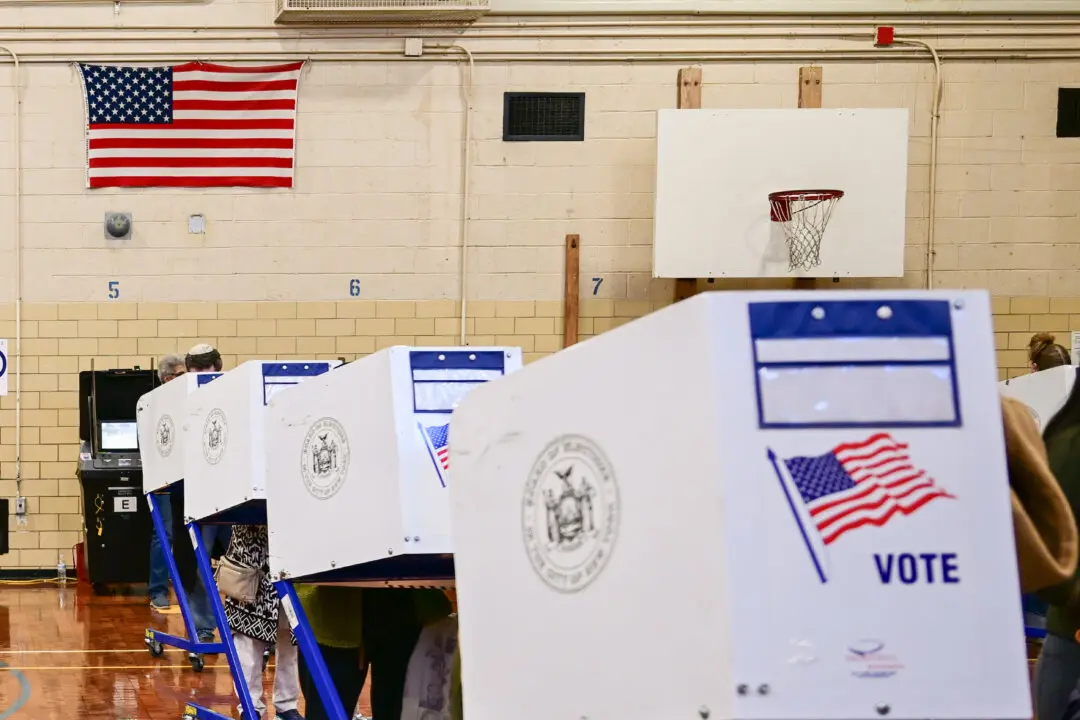Immigration courts are smothered by work, but one may not find that particularly new or surprising. In fact the news has been around so long, one may find it rather mundane.
Yet the problem is getting worse and the moment may be close when the system finally snaps.
And that’s a big deal. Deportations? Asylums? Unaccompanied children? Forget it. The whole immigration enforcement would be paralyzed.
Immigration judges suffer “significant symptoms of secondary traumatic stress” and more burnout than prison wardens, according to a 2009 study funded by the University of California San Francisco Academic Senate.
At that time, about 230 judges carried a backlog of some 200,000 cases.
Fast forward six years.
Today some 230 judges face a backlog of over 430,000 cases.
The time it takes to complete a case increased from 430 days in 2009 to almost 600 days in 2015, according to data cruncher Transactional Records Access Clearinghouse at Syracuse University.
And the situation may get critical very fast, as almost half of the judges are eligible for retirement this year, according to Judge Dana Leigh Marks, president of the National Association of Immigration Judges (NAIJ).
“We have definitely heard from many of our colleagues that the deterioration in working conditions and increased pressures have made them choose to retire at their earliest possible opportunity, a change from their plans before things got this bad,” stated Leigh Marks in an email response.
“The number of immigration judges in the country needs to be probably tripled, at least doubled.”she said.
The Senate has tried to double up in 2013 but the House stopped the bill. The Justice Department requested 55 more judges for the next year but with Congress still stuck along its party lines it is unclear if Leigh Marks’s plea will be heard.
Way Out
Though resources are sorely lacking, Leigh Marks has led the NAIJ in trying for years to present a cheaper alternative—restructuring of the system so judges could move the cases faster.
But it would require a massive change.
At present, immigration judges are not actual judges. They are considered attorneys hired by the Justice Department.
That puts the judges in a precarious position. Technically, their client is the Department of Justice (DOJ) and their impartiality goes only as far as the department’s regulations allow it to go. Simply, the courts are a part of the law enforcement, not judiciary.
The DOJ asks the judges to be impartial, but their offices are sometimes right across the hall from the Department of Homeland Security (DHS) prosecutors. Sometimes the court even shares a building with the detention center where the illegal immigrants are held.
Moreover, their clients are not entitled to legal representation if they can’t afford it.





